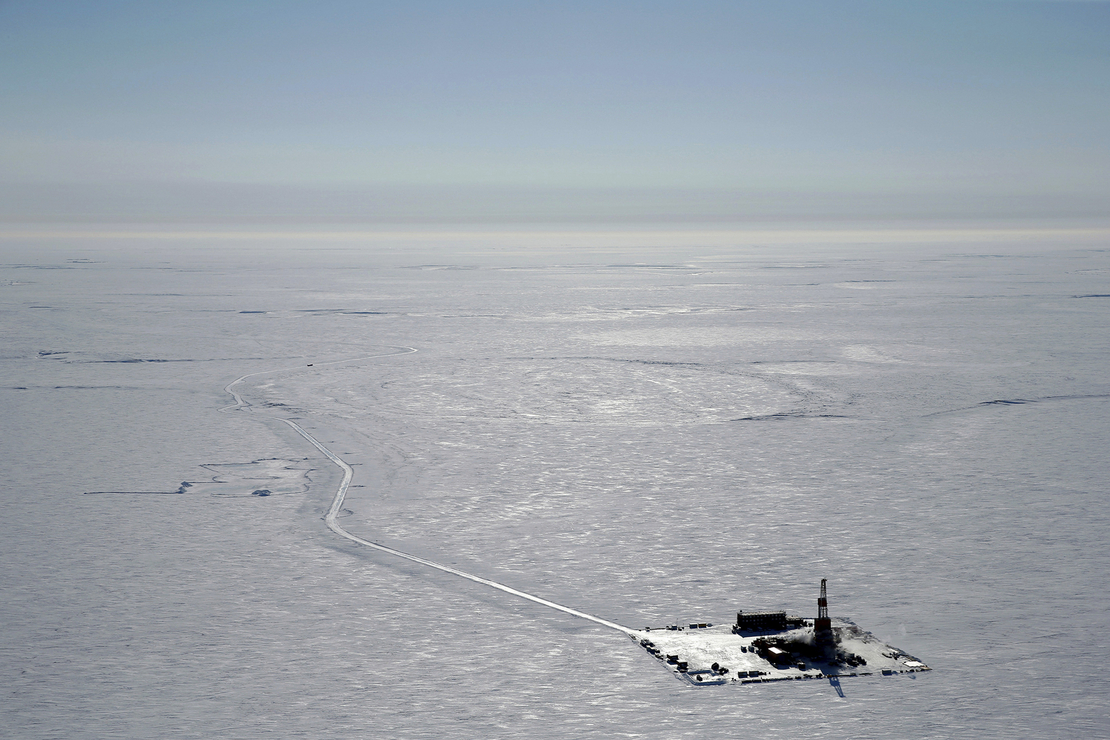The US Department of the Interior has approved ConocoPhillips’s $7 billion Willow oil-and-gas drilling project on Alaska’s North Slope, despite opposition from environmental groups, who claim it contradicts President Biden’s climate commitments.


The project involves building up to five drill sites, dozens of miles of roads, seven bridges, and multiple pipelines, but the Interior Department reduced it by 40% to three drill pads due to concerns about greenhouse gas impacts. The decision will decrease the project’s freshwater usage and avoid the development of roads, pipelines, and gravel.

After considering the project’s greenhouse gas impact, the department approved it with three drill pads. By rejecting two requested drill pads, the department reduced the size of the project by 40%, reducing freshwater consumption and preventing the development of 18 km of roads, 32 km of pipelines, and 54 hectares of gravel. The department stated that this decision would create an additional buffer from exploration and development activities near the migratory routes and calving grounds for the Teshekpuk Lake caribou herd, a critical subsistence resource for nearby Alaska Native communities.

Despite the opposition’s last-minute campaign, the decision to approve the project went ahead. Opponents argue that the development of the three drill sites contradicts President Biden’s efforts to combat climate change and transition quickly to cleaner energy sources. Sierra Club Executive Director Ben Jealous stated that the harmful effects of the decision could not be overstated. “Willow will be one of the largest oil and gas operations on federal public lands in the country, and the carbon pollution it will spew into the air will have devastating effects for our communities, wildlife, and the climate. We will suffer the consequences of this for decades to come.”

Alaska officials, the oil and gas industry, and environmental groups have been closely watching Willow’s fate, and the Biden administration’s decision is unlikely to be the final word. Litigation from environmentalists is expected. The project, situated in the federally designated National Petroleum Reserve-Alaska, has widespread political support in the state. Alaska Native state lawmakers recently met with Interior Secretary Deb Haaland to advocate for Willow, and the company stated that it considers the three-site option approved on Monday to be workable.

However, environmental activists have promoted a #StopWillow campaign on social media, aiming to remind President Biden of his pledges to reduce greenhouse gas emissions and promote clean energy. Christy Goldfuss, a policy chief at the Natural Resources Defense Council, expressed deep disappointment at Biden’s decision to approve Willow. According to NRDC, the project will generate planet-warming greenhouse gas emissions equivalent to more than one million homes. “This decision is bad for the climate, bad for the environment, and bad for the Native Alaska communities who oppose this and feel their voices were not heard,” Goldfuss said.
This development comes shortly after the Biden administration announced new protections for Alaskan land and water. In an announcement, the White House said that nearly 1.2 million hectares of the Beaufort Sea area in the Arctic will be “indefinitely off limits” for oil and gas leasing.






